Later this month, the Metro Board of Directors is scheduled to consider a staff recommendation to enter into contracts with LA SkyRail Express and Sepulveda Transit Corridor Partners - Bechtel for pre-development work for the Sepulveda Transit Corridor project, a planned rail line which would run parallel to the I-405 Freeway between the San Fernando Valley and the Westside. A series of bid documents obtained by observers of the transportation agency offer a look at what the two consortiums have proposed for the multi-billion dollar mega project.
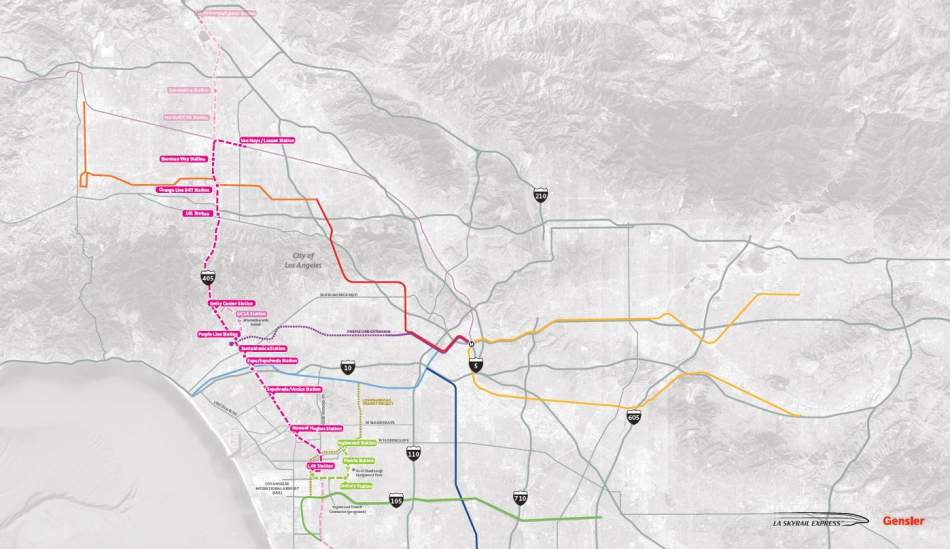
LA SkyRail Express - which is led by John Lain Investments Limited, BYD Transit Solutions, LLC, and HDR Engineering, has proposed the construction of a monorail line which would largely make use of right-of-way within existing highway and rail corridors.
The baseline proposal floated by LA SkyRail would span 15 miles, starting at the Van Nuys Metrolink Station in the north. Passengers, including those transferring from the planned East San Fernando Valley light rail line, would then proceed on trains running within the Metrolink right-of-way until veering south to run within the median of the 405. Planned intermediate stations include:
- Sherman Way;
- the Orange Line's Sepulveda Station (where the maintenance and storage facility would also be located);
- the I-405/US-101 junction in Sherman Oaks; the Getty Center;
- Wilshire Boulevard (with transfers to the D Line's future VA Campus terminus);
- Santa Monica Boulevard; and
- the E Line's Expo/Sepulveda Station.
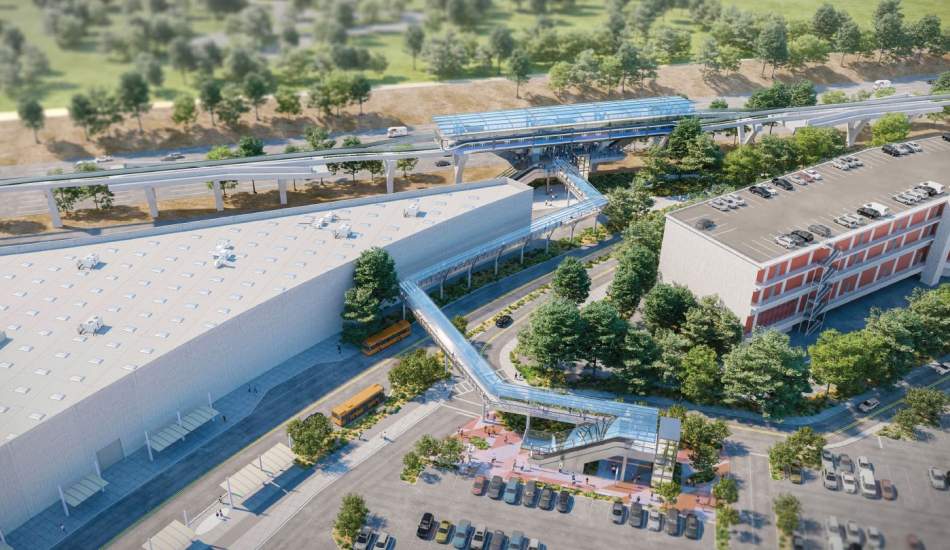
The 15-mile corridor would permits speeds of up to 65 miles per hour, resulting in an end-to-end trip time of 24 minutes. With eight-car trains running at two-minute headways, the LA SkyRail proposal would have capacity for 14,000 passengers per hour in either direction, with ultimate capacity of up to 19,000 passengers per hour.
The consortium estimates that the construction cost for the concept is $6.1 billion, in addition to $44 million in annual maintenance and operation costs.
In its bid document, LA SkyRail has also suggested an alternate proposal which would realize the full buildout of the Sepulveda Transit Corridor between the Orange Line in the north and Los Angeles International Airport.
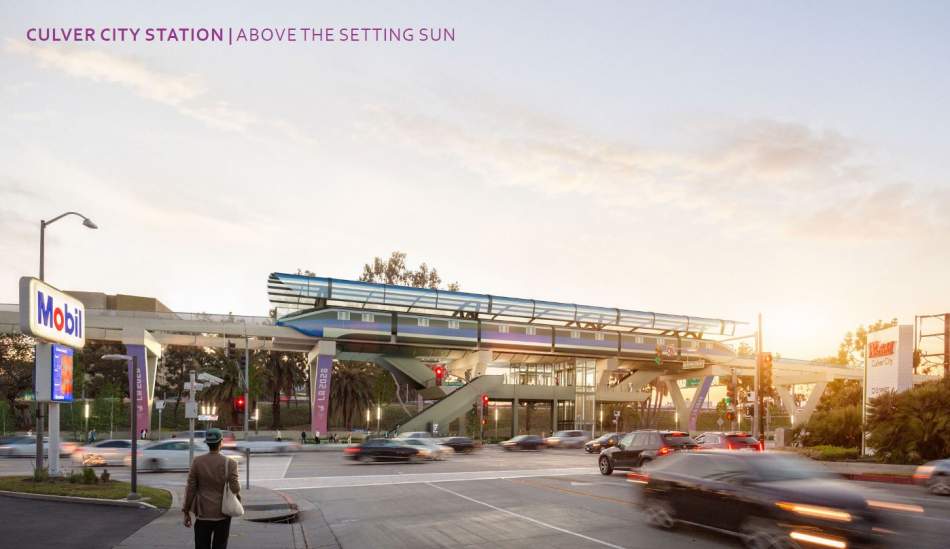
In this concept, the monorail line would continue south from Expo/Sepulveda Station, with additional stops located at Venice Boulevard, adjacent to the Westsfield Culver City mall, and a final stop at the LAX transit hub planned at 96th Street and Aviation Boulevard, where passengers could transfer to the airport people mover, as well as the Crenshaw/LAX and C Lines.
The four additional miles of track proposed in the alternate concept would add $1.4 billion to the overall price tag - resulting in a 19-mile, $7.5-billion project - with a 30-minute end-to-end trip.
Both the baseline proposal and the alternate concept include several optional components, including a station located adjacent to the Luskin Center and the heart of the UCLA campus, and potentially extensions north toward the Sylmar/San Fernando Metrolink Station or southeast to connect with Inglewood's proposed automated people mover system.
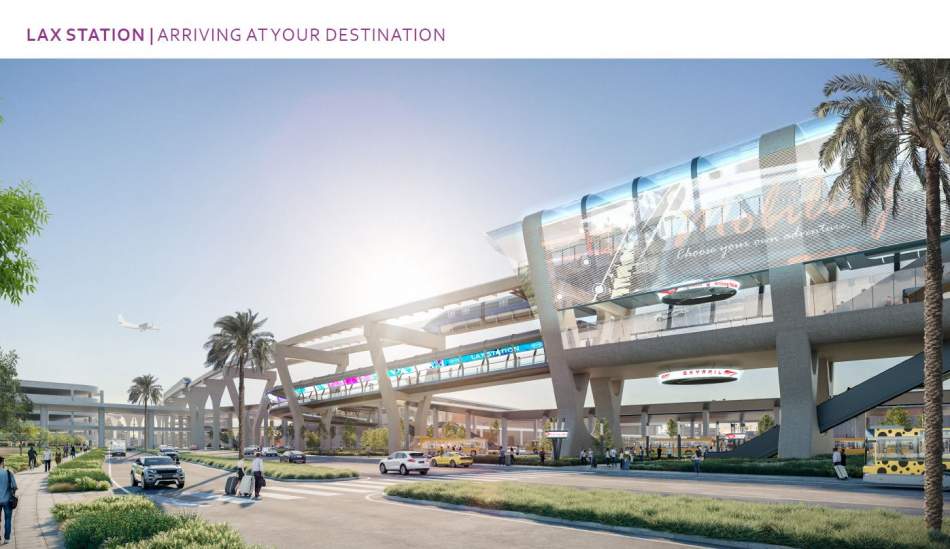
Per the bid document, the LA SkyRail team expects that the full project from the Valley to LAX can be built within the $9.5-billion Measure M budget. The project team argues that their concept could be fully built and operation between 2028 and 2030 - decades in advance of the 2057 date anticipated under the Measure M expenditure plan.
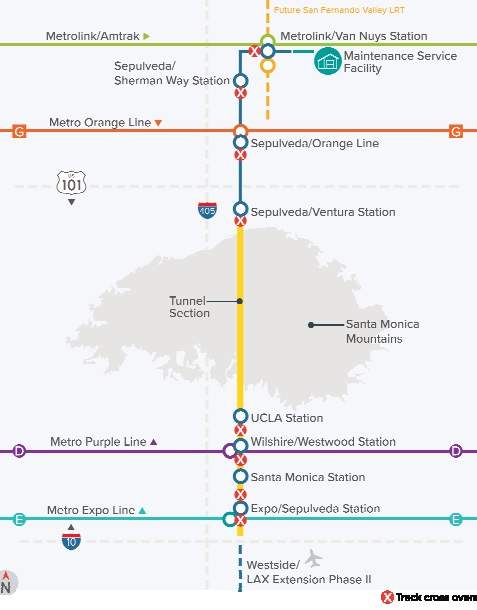 Proposed route of Sepulveda Transit Corridor Partners heavy rail lineSepulveda Transit Corridor Partners - Bechtel
Proposed route of Sepulveda Transit Corridor Partners heavy rail lineSepulveda Transit Corridor Partners - Bechtel
Sepulveda Transit Corridor Partners - Bechtel - comprised of Bechtel Development Company, Inc., Bechtel Infrastructure Corporation, and - Meridiam Sepulveda, LLC - has proposed that the Sepulveda Corridor be developed as a heavy rail line, similar to Metro's existing B and D Lines.
Plans call for a roughly 14.5 miles of elevated and below-grade tracks between the Valley and the Westside, with stations located at:
- the Van Nuys Metrolink Station (also the location of the maintenance and storage facility);
- Sepulveda Boulevard and Sherman Way;
- G Line Sepulveda Station;
- Sepulveda and Ventura Boulevards;
- UCLA;
- Wilshire/Westwood Station (transfer to D Line);
- Santa Monica and Sepulveda Boulevards; and
- Expo/Sepulveda Station.
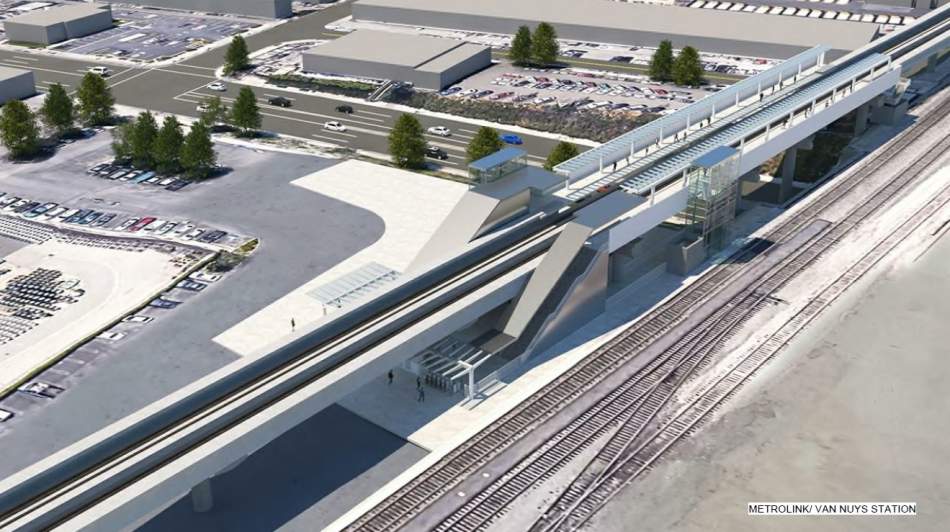 Rendering of heavy rail stop at Metrolink Van Nuys StationSepulveda Transit Corridor Partners - Bechtel
Rendering of heavy rail stop at Metrolink Van Nuys StationSepulveda Transit Corridor Partners - Bechtel
Trains between the Valley and Expo/Sepulveda Station would run at speeds of up to 80 miles per hour, offering an end-to-end trip of roughly 19.7 minutes. With maximum four-car trains running at headways of just 90 seconds, the Bechtel proposal would permit maximum capacity of 27,200 passengers per hour in either direction.
The Sepulveda Transit Corridor Partners project envisions side platforms at all stations, including subway stops, which would be built with cut-and-cover construction. Plans also call for a single-bore tunnel, unlike the twin-bore tunnels include in Metro's other subway lines.
The Bechtel project, which would be built to not preclude a later extension to LAX, has an estimated price tag of $10.8 billion.
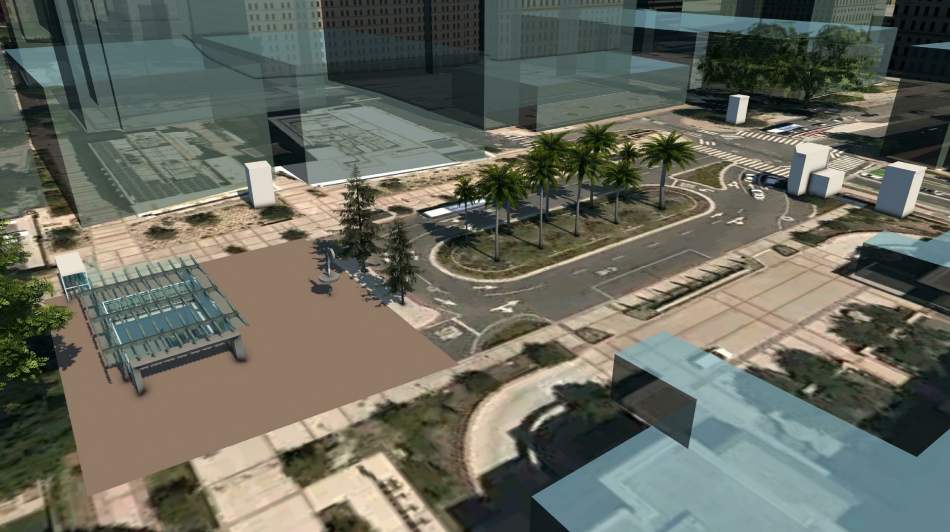 Rendering of proposed heavy rail station at UCLASepulveda Transit Corridor Partners - Bechtel
Rendering of proposed heavy rail station at UCLASepulveda Transit Corridor Partners - Bechtel
Although Metro will study both the monorail and heavy rail concepts, no decision on the type of technology to be used for the Sepulveda corridor has been made - or will be for some time. Metro is scheduled to begin its environmental review for the Sepulveda Transit Corridor later this year, and will later select a locally preferred alternative. After that point, one of the teams will have the opportunity to submit a bid to build the line.
Metro past ridership forecasts for the Sepulveda rail line have estimated that the project would attract between 122,000 and 137,000 daily riders based on 2042 conditions.
- Sepulveda Transit Corridor (Urbanize LA)





